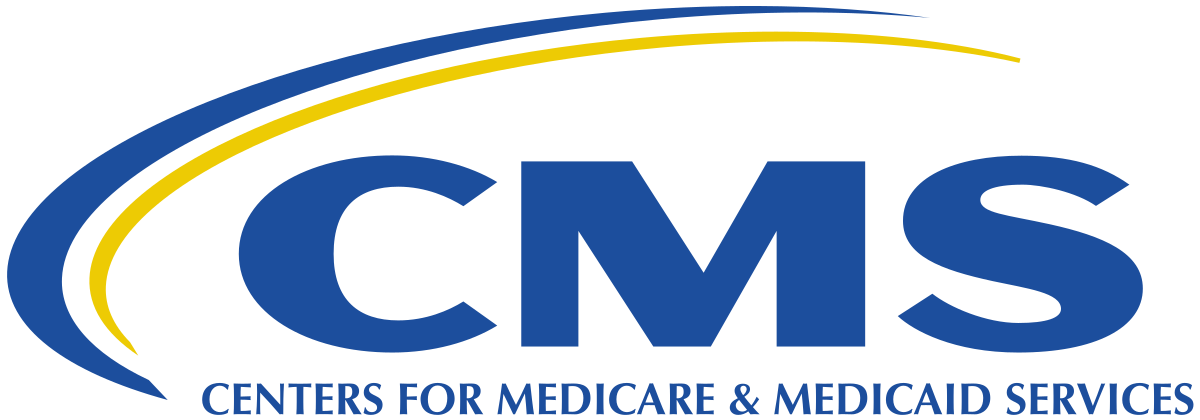Washington, D.C. – The Centers for Medicare & Medicaid Services (CMS) has released the list of 15 Part D drugsselected for the second cycle of the Medicare Drug Price Negotiation Program, set to take effect in 2027. The announcement, made on January 17, 2025, comes ahead of the February 1 statutory deadline and continues efforts to lower prescription drug costs under the Inflation Reduction Act.
The selected drugs were used by 5.3 million Medicare Part D beneficiaries from November 2023 to October 2024, representing nearly $41 billion in total Part D gross covered prescription drug costs, or about 14% of total Medicare spending during that period. The list includes treatments for cancer, chronic diseases, and neurological disorders, reflecting areas of high spending within the Medicare program.
List of Selected Drugs for IPAY 2027
| Drug | Manufacturer | Commonly Treated Conditions | Total Part D Gross Covered Prescription Drug Costs (Nov. 1, 2023 – Oct. 31, 2024) |
|---|---|---|---|
| Ozempic/Rybelsus/Wegovy | Novo Nordisk | Diabetes, cardiovascular disease, obesity | $14.4B |
| Trelegy Ellipta | GSK | Asthma, COPD | $5.1B |
| Xtandi | Astellas/Pfizer | Prostate cancer | $3.2B |
| Pomalyst | Bristol Myers Squibb | Multiple myeloma, Kaposi sarcoma | $2.1B |
| Ibrance | Pfizer | Breast cancer | $2.0B |
| Ofev | Boehringer Ingelheim | Idiopathic pulmonary fibrosis | $2.0B |
| Linzess | AbbVie | Chronic idiopathic constipation, IBS-C | $1.9B |
| Calquence | AstraZeneca | Chronic lymphocytic leukemia, small lymphocytic lymphoma, mantle cell lymphoma | $1.6B |
| Austedo/Austedo XR | Teva | Huntington’s disease (chorea), tardive dyskinesia | $1.5B |
| Breo Ellipta | GSK | Asthma, COPD | $1.4B |
| Tradjenta | Boehringer Ingelheim/Eli Lilly | Diabetes | $1.1B |
| Xifaxan | Bausch/Salix | Hepatic encephalopathy, IBS-D | $1.1B |
| Vraylar | AbbVie | Schizophrenia, bipolar disorder, major depressive disorder | $1.1B |
| Janumet/Janumet XR | Merck | Diabetes | $1.1B |
| Otezla | Amgen | Plaque psoriasis, psoriatic arthritis, Behçet’s disease (oral ulcers) | $1.0B |
Key Insights from the IPAY 2027 Drug Selection
- Oncology Drugs Make a Strong Showing – Four cancer treatments were selected, signaling continued focus on high-cost oncology medications. Their inclusion will influence pricing calculations under the Maximum Fair Price (MFP) process.
- Chronic Disease Medications Dominate – Treatments for diabetes, COPD, and cardiovascular diseases remain the biggest contributors to Medicare drug spending, leading to more negotiated price reductions in these areas.
- Obesity Treatment Considerations – The selection of Ozempic, Rybelsus, and Wegovy highlights the growing policy discussion around expanding Medicare coverage for obesity treatments.
- Neurological and Psychiatric Drugs Gain Attention – The inclusion of Vraylar, Austedo, and Xifaxan reflects rising Medicare spending on mental health and neurological conditions, likely influencing future drug selections.
- Impact of First-Cycle Price Negotiations – Three of the selected drugs were designated as therapeutic alternatives to drugs already included in IPAY 2026, suggesting that Year 1 price reductions could further impact Year 2 pricing negotiations.
Next Steps in the Negotiation Process
- February 28, 2025 – Drug manufacturers must enter into agreements with CMS to participate in negotiations.
- March 1, 2025 – Submission deadline for evidence packages, including manufacturer data and therapeutic alternatives.
- March–April 2025 – CMS will hold patient-focused roundtables and town halls to gather stakeholder input.
- February 28–November 1, 2025 – The negotiation period will run for nine months.
- November 30, 2025 – CMS will publish the final negotiated MFPs for the IPAY 2027 drugs.
Looking Ahead
This announcement marks one of the final major actions by the Biden administration before the Trump administration takes office on January 20, 2025. Moving forward, the Trump administration will oversee the negotiation process and could introduce new policies impacting Medicare drug pricing.
As CMS refines the Medicare Drug Price Negotiation Program, stakeholders can expect further discussions on transparency, pricing calculations, and innovation incentives. The agency remains committed to balancing cost reductions for Medicare beneficiaries while ensuring continued pharmaceutical investment in new drug development.
More updates on the negotiation process and final drug pricing determinations are expected in the coming months.
Sign up for our Sunday Spectator. Delivered to your inbox every Sunday, with all the news from the week.
















